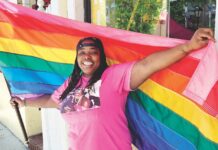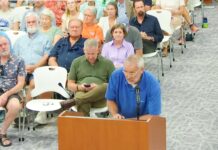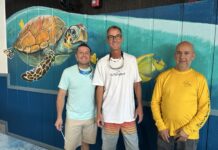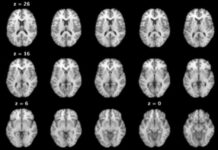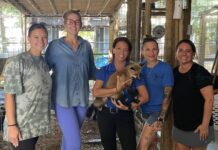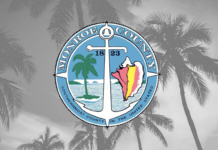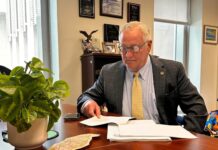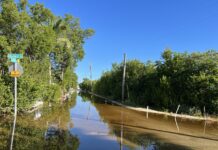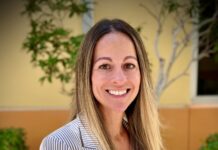
Village officials are investigating whether a pilot program allowing accessory dwelling units, commonly referred to as grandma or mother-in-law flats, is a suitable option to confront Islamorada’s workforce housing shortage.
Councilman Mark Gregg said village code doesn’t prevent someone from renting a room in their house or a detached structure to someone, so long as it doesn’t have a kitchen inside or a wet bar. And code allows for a single-family residence to have two kitchens, provided that one is outside. Gregg asked the council to consider allowing a kitchen to be moved inside.
“The concern is that we’re going to create rampant building and it’s going to alter neighborhoods and turn into duplex neighborhoods from single-family neighborhoods. That’s not the case at all,” Gregg said.
Planning Director Dan Gulizio said building code prohibits detached structures from being used as a place to cook, eat and sleep. And Gulizio said the village needs to check with the state Department of Economic Opportunity to see whether an accessory dwelling unit is considered a second unit.
“If it were, then we’d need allocations for it,” Gulizio said.
Accessory dwelling units are used in places throughout the country dealing with an affordable housing shortage. They provide additional living quarters typically on single-family lots that are independent of the primary dwelling units. ADUs were a common feature of the early 20th century development in America, but their use dwindled with the onset of the single-family suburb.
“This is one way we can achieve progress in that it doesn’t involve clearing any land, it doesn’t involve any new construction other than minor interior renovations and it’s allowing space to be rented and occupied that’s already allowed to be rented and occupied.” — Mark Gregg
Gregg said the village’s accessory dwelling unit pilot program would have a set of requirements. A primary dwelling must be owner-occupied with a homestead exemption. An ADU would be limited to one bedroom with a maximum of two occupants. Living space would be 700 square feet maximum, and the unit must be attached to a primary dwelling.
The ADU would be allowed in any zoning district that allows for single-family dwelling as a primary use. The ADU living space must be above flood, and there would be a license issued similar to a vacation rental license and home occupation license.
Those occupying ADUs would be someone who works in the village. Tenant income guidelines and rent limitations would be set similar to those in affordable housing units. Gregg said the pilot program would allow for 12 ADUs.
“I think it’s obvious we have a crisis in affordable housing,” Gregg said. “This is one way we can achieve progress in that it doesn’t involve clearing any land, it doesn’t involve any new construction other than minor interior renovations and it’s allowing space to be rented and occupied that’s already allowed to be rented and occupied.”
According to the Florida Housing Coalition, the state is one of a few in the country that passed legislation incentivizing local governments to create ADU permitting ordinances. In 2004, the Florida Legislature passed Section 163.31771 of the Florida Statutes to “promote the use of accessory dwelling units as a tool to help local communities address deficits in the supply of affordable rental housing for very-low-, low-, and moderate-income residents.”

